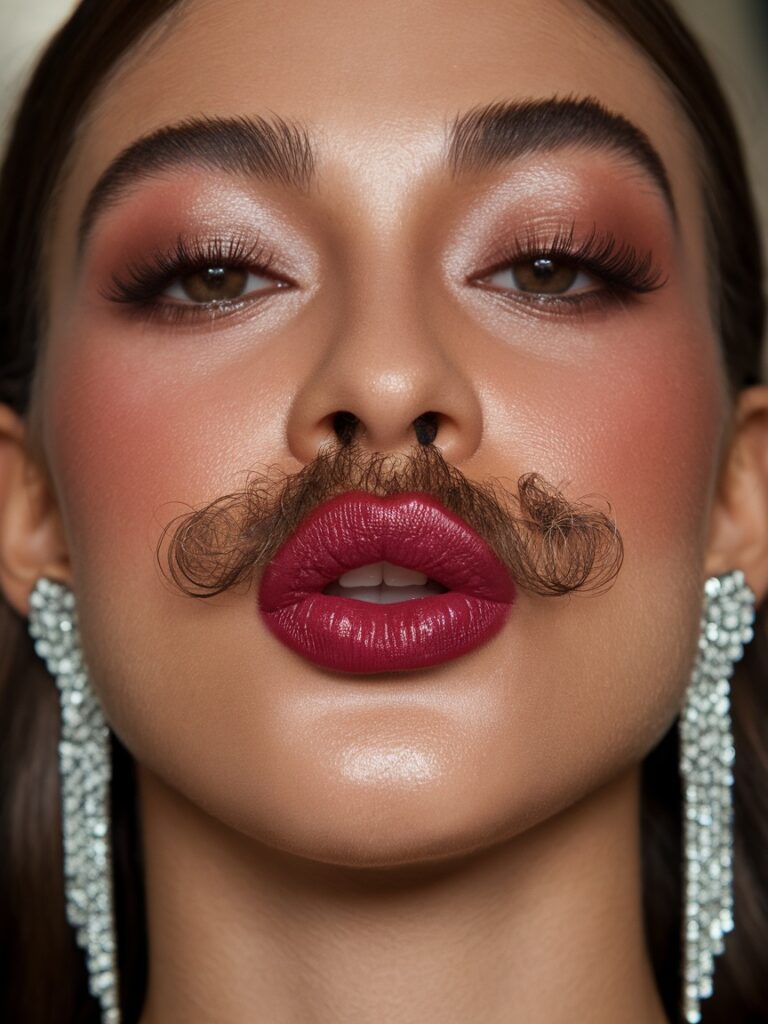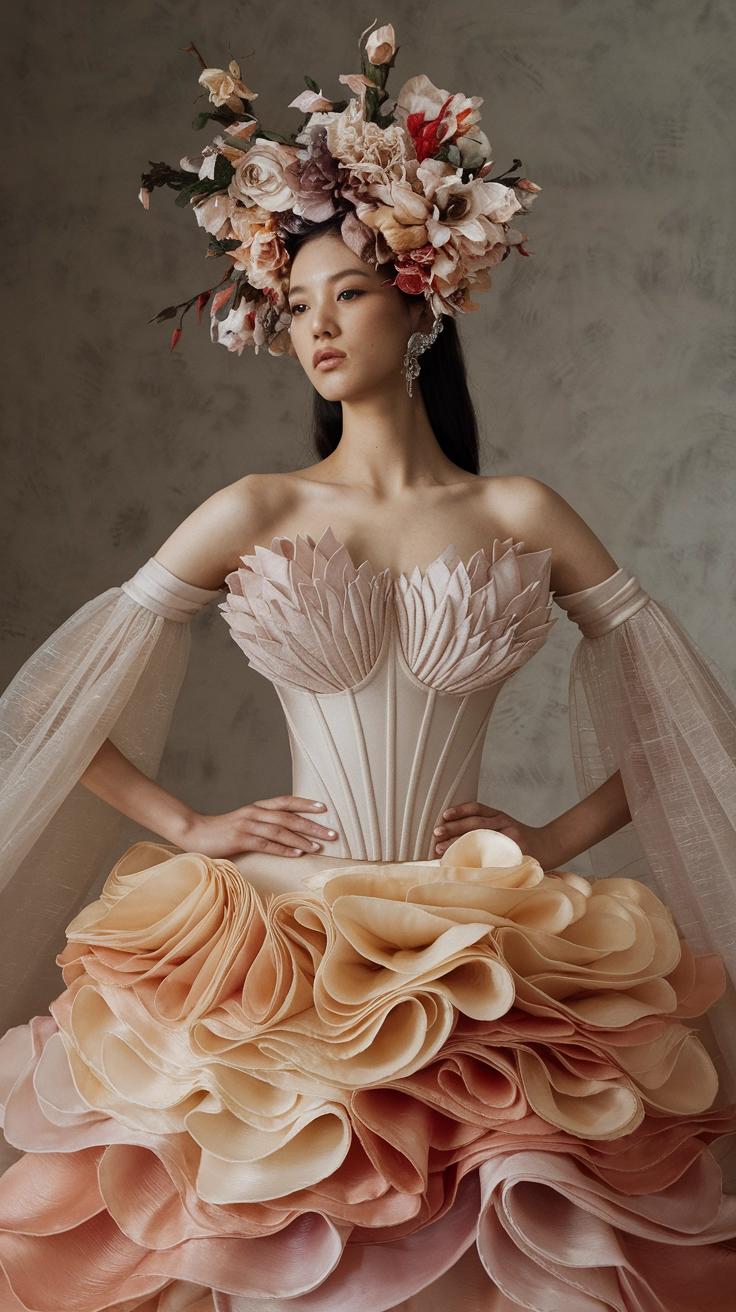
Ideogram AI
Ideogram AI is an innovative image generation platform that uses artificial intelligence to turn text prompts into high-quality images. By leveraging deep learn...

Discover what a seed is in AI art, how it influences the image generation process, and how artists use seeds for consistency or creative exploration in generative art platforms.
A seed in AI art is a starting point for the random number generator that determines the initial conditions of the image generation process. Think of it as a foundational numerical code that sets the stage for the AI algorithm to create an image. The seed influences various aspects of the image, such as composition, color, texture, and overall style. By specifying a seed, users can control the randomness in image generation, leading to consistent or varied results based on their preferences.
AI art models, like those used in platforms such as Midjourney, utilize seeds to introduce randomness into the image creation process. The seed value initializes the random number generator, which affects how the AI interprets prompts and generates visual noise—a field of random pixels akin to television static. This noise serves as a canvas upon which the AI begins to construct the image.
An artist desires to create multiple images of a character in different settings while maintaining the character’s appearance.
A designer wishes to explore different artistic interpretations of a single concept.
Seeds are instrumental in generating series of images where consistency is paramount. For storytelling, animation, or branding purposes, maintaining a consistent look is essential. By using the same seed, artists can ensure elements like characters, color schemes, and styles remain uniform throughout their work.
Artists and creators can use seeds to experiment with different outcomes. By tweaking seed values, they can explore new artistic directions without altering the original prompt significantly. This iterative process is invaluable for refining designs and discovering unexpected creative avenues.
Seeds impact the finer details of an image, such as grain, lighting, and texture. For example, in emulating film aesthetics, seeds can influence the AI to reproduce the graininess of traditional film or the play of light and shadows characteristic of specific film stocks.
Midjourney is a popular AI image generation platform that allows users to specify seeds in their prompts.
--seed followed by the seed number in your prompt.A serene landscape at sunset --seed 123456789By including the seed parameter, the AI uses the specified seed to initialize the image generation process.
Boords offers a feature where users can use a generated image as a seed for creating variations.
Seeds are integral to random number generators, which are mathematical constructs used to produce a sequence of numbers that lack any pattern. In AI art generation, RNGs introduce variability and uniqueness to images.
In AI models, particularly those involving neural networks, seeds can affect the initialization of weights and biases.
Companies can use seeds to maintain a consistent visual identity across various marketing materials. By reusing seeds, they ensure that AI-generated imagery aligns with their brand aesthetics.
Filmmakers and animators can create consistent characters or scenes by using seeds. This is particularly useful for storyboarding or creating cohesive visual narratives.
Educators can demonstrate the effects of randomness and control in AI art by experimenting with seeds. This serves as a practical example in courses on AI, computer science, or digital art.
Artists can offer personalized artworks by manipulating seeds. By controlling the seed, they can produce unique pieces tailored to individual clients while maintaining a consistent style.
Keep a record of the seeds used for specific images. This practice allows you to recreate or adjust images in the future.
Utilize seeds alongside other parameters such as stylistic prompts, aspect ratios, and character references to fine-tune the generated images.
A seed does not contain the image data. Instead, it influences the random number generator that affects the image generation process.
While using the same seed and prompt increases the similarity between images, there may still be variations due to other stochastic processes within the AI model.
Different AI platforms may handle seeds differently. A seed value used in one platform may not produce the same result in another due to differences in algorithms and implementations.
Research on the concept of “seed” in AI art, particularly within the context of generative models, reveals interesting insights into how initial parameters influence the creative output of AI systems. The term “seed” typically refers to the initial set of conditions or data that a generative model uses to begin its creative process. These seeds can significantly affect the variance and novelty of the generated art, making it a crucial component in the design and execution of AI art systems.
Enhanced Fairness Testing via Generating Effective Initial Individual Discriminatory Instances:
This paper discusses an approach for selecting initial seeds to generate Individual Discriminatory Instances (IDIs) for fairness testing in AI models. The authors propose a method called I&D, which generates diverse IDIs to improve fairness testing performance. Their empirical study shows that I&D produces a larger number of IDIs compared to other methods, enhancing model fairness by reducing discriminatory instances. Read more
.
SophiaPop: Experiments in Human-AI Collaboration on Popular Music:
In this paper, the authors describe a collaborative effort between humans and AI to create music for SophiaPop. The team used neural networks and robotics to generate pop-song lyrics and melodies, using seeds from AI character personality content and pop music forms. This project highlights the role of seeds in creative AI processes, demonstrating how initial conditions can influence the output and collaboration between humans and machines. Read more
.
Search-based Crash Reproduction using Behavioral Model Seeding:
This paper explores the use of behavioral model seeding in search-based crash reproduction methods to aid software debugging. The authors discuss how seeds can be utilized to reproduce software crashes, emphasizing the importance of initial conditions in generating meaningful test cases. This study illustrates the broader applicability of seeds beyond artistic domains, showcasing their significance in software engineering. Read more
.
A seed in AI art is a starting point for the random number generator, setting the initial conditions for image generation. It influences the composition, color, texture, and style of the generated image, enabling consistent or varied results.
Seeds initialize the randomness in AI models. Using the same seed and prompt can reproduce similar images, while changing the seed introduces variation. This allows artists to maintain consistency or explore creative options.
No, specifying a seed is optional. If you don’t provide a seed, the AI uses a random one, resulting in unique images each time.
Seeds are not universal. Different platforms may interpret seeds differently due to variations in algorithms and implementations, so the same seed may not yield identical results on every platform.
Seeds influence the randomness and appearance of generated images but do not directly affect technical image quality such as resolution.
Smart Chatbots and AI tools under one roof. Connect intuitive blocks to turn your ideas into automated Flows.
Ideogram AI is an innovative image generation platform that uses artificial intelligence to turn text prompts into high-quality images. By leveraging deep learn...
Learn how to use AI image generation chatbots effectively. Master prompt engineering, compare top platforms like ChatGPT, Midjourney, and Stable Diffusion, and ...
Ideogram.ai is a powerful tool that democratizes AI image creation, making it accessible to a wide range of users. Explore its feature-rich, user-friendly inter...
Cookie Consent
We use cookies to enhance your browsing experience and analyze our traffic. See our privacy policy.

